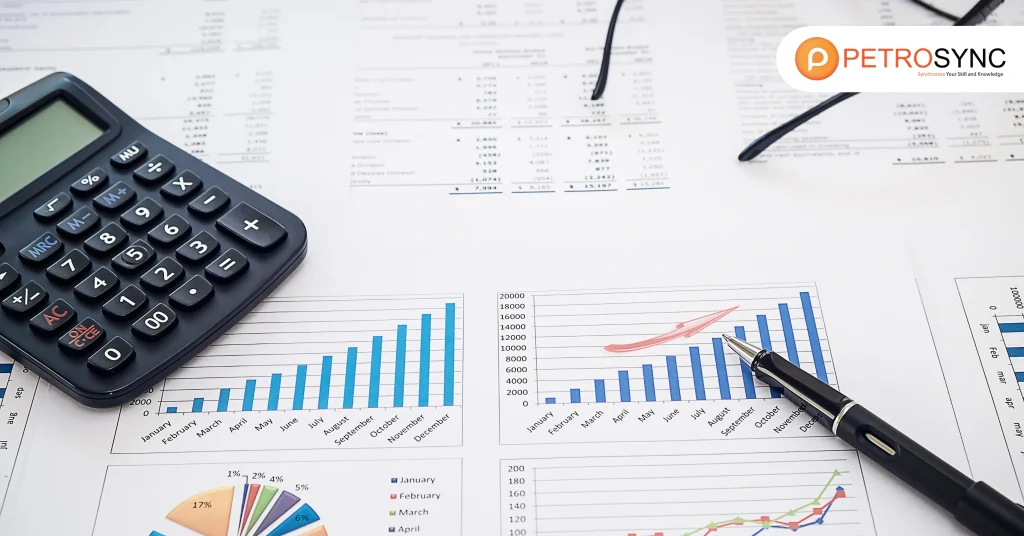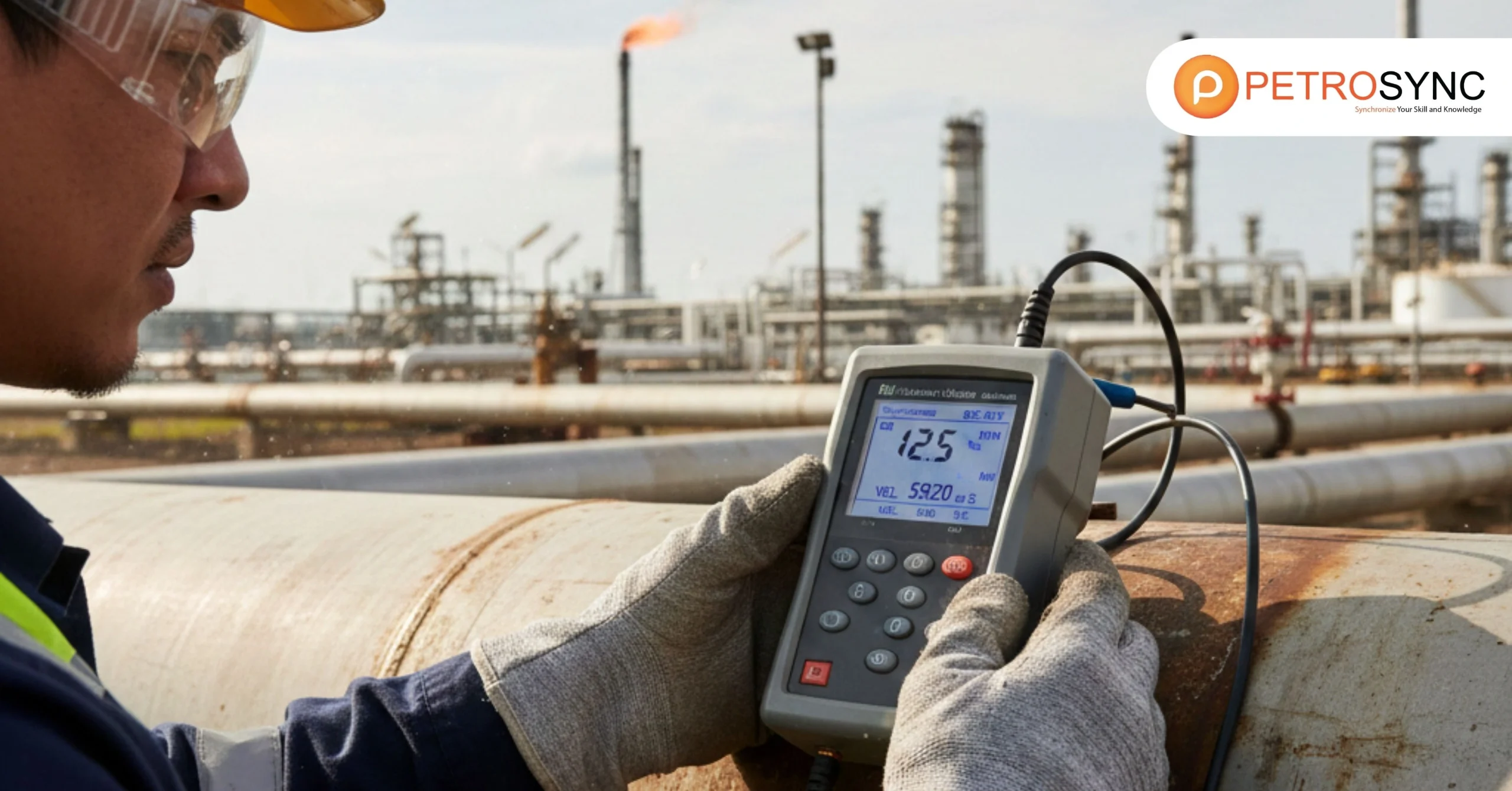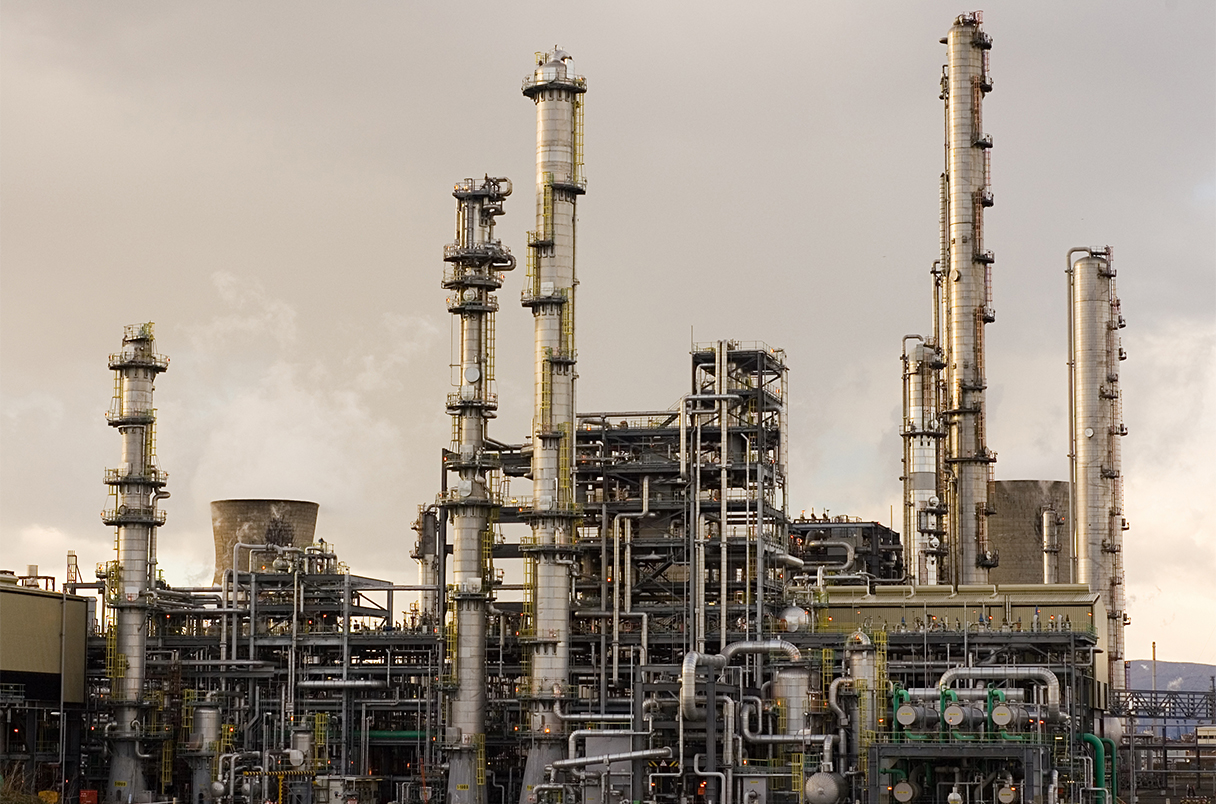In beautifully difficult industries like oil and gas, preserving asset reliability and standard overall performance is a continually evolving challenge. Many groups face stress to decrease operational costs, extend tools lifespan, and decorate everyday efficiency. This is the region asset administration methods play an integral role.
But earlier than diving deeper into strategic techniques and stages, let’s first apprehend what asset administration is and why this systematic strategy determines long-term operational success.
What is Asset Management?

Asset Management is a structured procedure for managing bodily belongings – such as facilities, equipment, and infrastructure – at some point of their lifestyles cycle to maximize value, decrease risks, and help operational sustainability. In the oil and gas industry, it encompasses techniques from acquisition, maintenance, optimization, to the decommissioning of equipment.
According to ISO 55000, asset administration targets stability costs, opportunities, and dangers towards the predicted overall performance of assets. This method requires cross-functional collaboration – engineering, finance, maintenance, procurement – in making data-driven decisions.
The advantages of a strong asset administration approach include:
- Improved operational uptime
- Reduced sudden preservation costs
- Enhanced security and regulatory compliance
- Stronger alignment between technical overall performance and enterprise dreams
What are the 3 Main Asset Management Types?
In practice, there are three essential methods to asset management, relying on the organization’s desires and maturity level:
1. Corrective Asset Management
This is a reactive approach: equipment is repaired after a failure occurs. Although common, this method can lead to extensive downtime and excessive costs if no longer managed properly.
2. Preventive Asset Management
This strategy entails scheduled upkeep based totally on time or operational cycles. While better than reactive maintenance, it often doesn’t account for the actual condition of the asset.
3. Predictive (Condition-Based) Asset Management
Utilizes sensors, IoT, and records analytics to screen asset situations in actual time and predict screw ups earlier than they occur. This is the most environmentally friendly method for high-value belongings like these in oil and gas.
What are the 5 Stages of Asset Management?
Asset Management is no longer a one-time process. It consists of 5 routine ranges that ought to be built-in into the average commercial enterprise strategy:
1. Asset Planning
Define asset needs, classification, strategic objectives, and success criteria. This is where organizations identify how their asset strategy will support corporate goals.
2. Acquisition/Procurement
Ensure property meets pleasant requirements and provide a great financial fee based totally on Total Cost of Ownership (TCO) analysis. Strategic procurement reduces long-term operational risks.
3. Operation & Maintenance
Manage every day operational performance, inspections, and preventive to predictive maintenance. This segment needs shut coordination between upkeep groups and manufacturing stakeholders.
4. Performance Evaluation
Conduct technical audits and data analytics to assess asset effectiveness and efficiency. This stage reveals which assets are underperforming and why.
5. Disposal/Replacement
Manage the quit of the asset existence cycle, which includes selections to refurbish, sell, or recycle. Sustainability elements are an increasing number of influences at this stage.
What are the 3 Pillars of Asset Management?
The success of asset management lies now not solely in science however in the integration of three core pillars:
1. People
Competent human resources are the foundation of any strategy. Continuous training, leadership buy-in, and cross-departmental communication are essential. Skilled teams make better operational decisions and help enforce best practices.
2. Process
Work approaches have to be standardized and documented, referencing frameworks like ISO 55000 or PAS fifty five Well-designed processes reduce errors, increase accountability, and streamline decision-making.
3. Technology
CMMS (Computerized Maintenance Management Systems), IoT, and AI information automation and real-time information visibility. With developing digital transformation, technological expertise allows scalable, data-driven asset universal overall performance monitoring.
Without the synergy of these three elements, asset administration methods will now not feature optimally. In fact, a study by using the Institute of Asset Management observed that agencies integrating all three pillars document 30–40% greater asset lifecycle ROI.
Join PetroSync and Advance Through Certified Training
Managing belongings successfully goes past simply retaining gear running—it’s about making sure long-term operational success thru smarter, data-driven decisions. For professionals in the oil and gas industry, staying updated with best practices and international standards can make all the difference in boosting reliability and achieving business goals.
If you are searching to decorate your team’s competencies or discover realistic techniques aligned with ISO 55000, PetroSync’s Asset Management and Reliability Training affords the ideal opportunity. Led through enterprise experts, the software gives real-world insights and established frameworks to assist you make significant improvements.

Results-oriented and thorough SEO specialist with extensive experience in conducting keyword research, developing and implementing digital website promotion strategies and plans, managing campaigns to develop company websites in the digital world, excellent knowledge of marketing techniques and principles, and attentive strong attention to detail.







